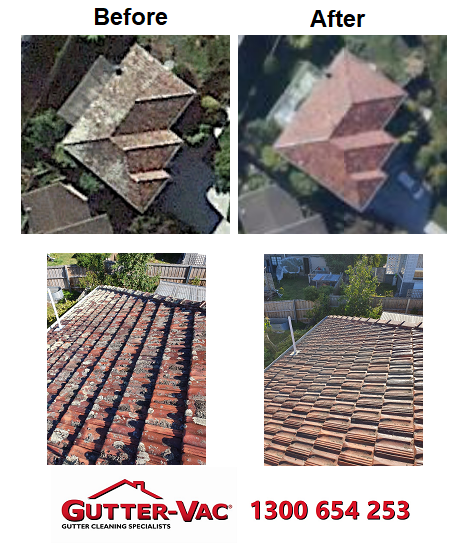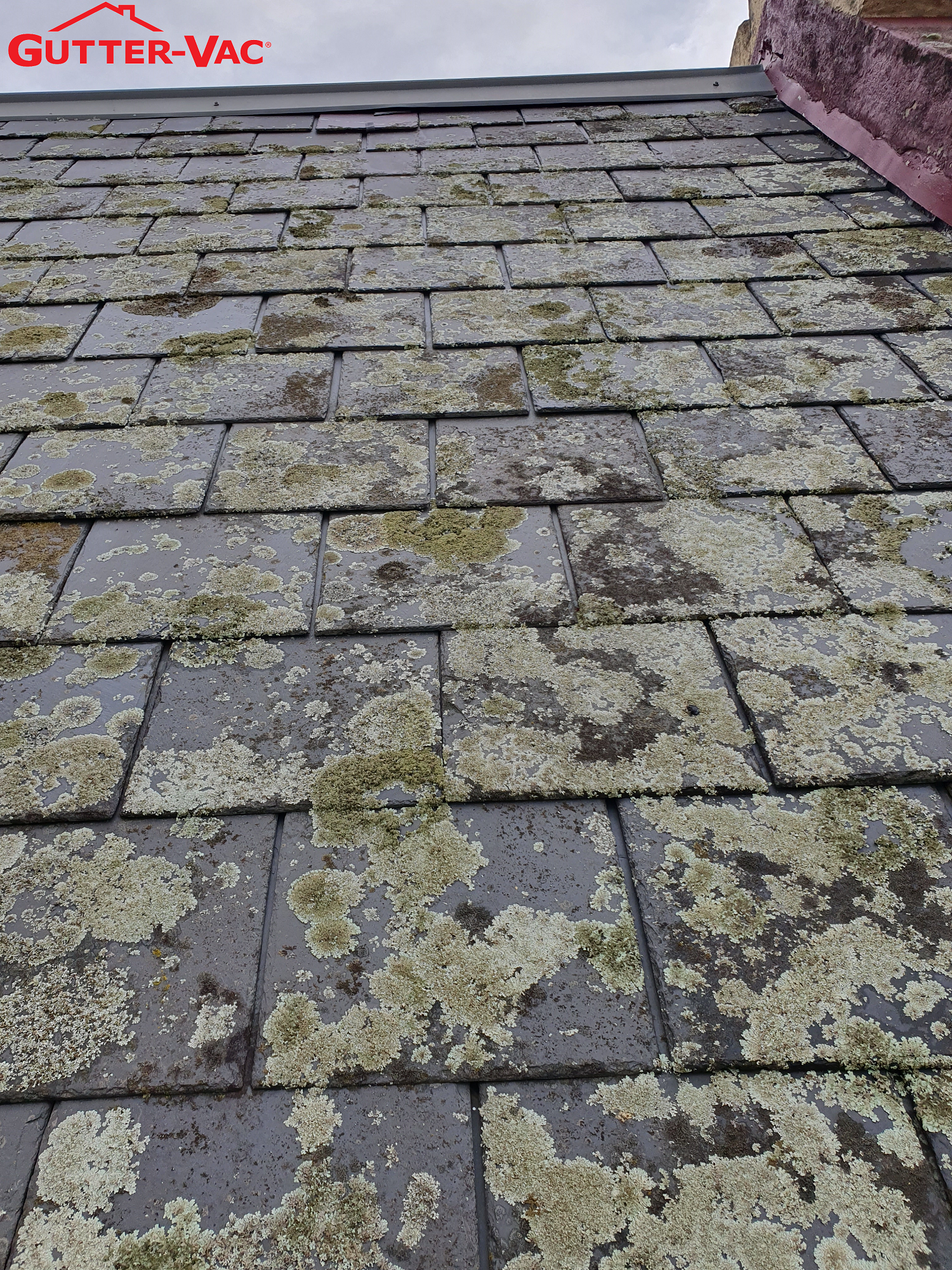Lichens are unique organisms that consist of a symbiotic relationship between fungi and algae or cyanobacteria. The growth of lichens is influenced by several factors:
Environmental Conditions
Lichens can be found in a wide range of habitats, from Arctic tundra to tropical rainforests. However, they are particularly common in environments where other plants struggle to survive, such as rocky surfaces, tree trunks, and barren soils, which is probably why they grow particularly well on rooftops. Lichens are known for their ability to tolerate extreme conditions, including low nutrient availability, high or low temperatures, and desiccation.
Symbiotic Relationship
Lichens are formed when a fungus and an algal or cyanobacterial partner come together in a mutualistic relationship. The fungus provides a protected environment and absorbs water and nutrients from the surroundings. The algal or cyanobacterial partner, in turn, performs photosynthesis and produces organic compounds that nourish both partners. This partnership enables lichens to colonise and grow in nutrient-poor environments.
Reproduction
Lichens can reproduce through various methods, including vegetative growth and fragmentation. In vegetative growth, the lichen spreads as the fungal and algal or cyanobacterial components divide and grow. Fragmentation occurs when parts of the lichen break off and are carried off by the wind to establish new colonies in suitable locations.
Slow Growth Rate
Lichens are generally slow-growing organisms. Their growth rate can vary significantly depending on environmental conditions, species, and age. Lichens can take years or even decades to reach a noticeable size. Their slow growth contributes to their longevity and ability to withstand harsh conditions over long periods. If you have small patches of lichen growing, treat it now and don’t wait for it to spread. You will save money on the treatment and the reparation of any damaged roof that has deteriorated under the growth.
Overall, lichens are highly adaptable organisms that have evolved to occupy niches where other plants struggle. Their unique symbiotic relationship, tolerance to extreme conditions, and slow growth rate enable them to persist and thrive in diverse habitats.
Below are bird’s-eye views and close-ups of two properties we have treated:


Gutter-Vac Northern and Southern Tasmania can help you with treating and controlling lichen. It is not a quick fix but in the long term, you can gain control over the growth and take your roof back.
Call us on 1300 654 253 or send a quote request by clicking the link.










